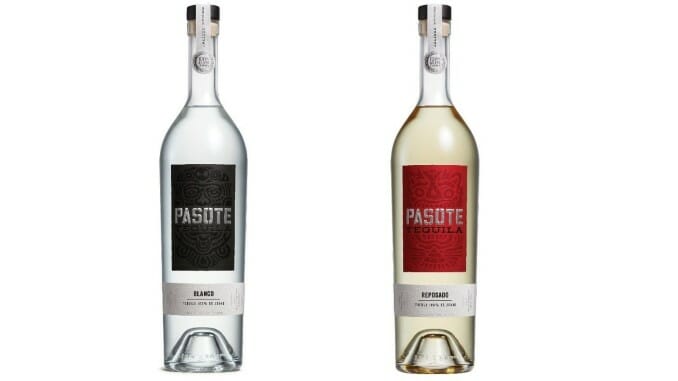Tasting: 2 Pasote Tequilas (Blanco, Reposado)
Photos via Pasote Tequila
It wouldn’t be the week of Cinco de Mayo if we didn’t taste some new tequila, would it? Although the traditional Mexican spirit remains one of the fastest growing and most buzzed-over segments of the liquor industry, there’s no denying that Cinco de Mayo is essentially the focal point around which the “tequila year” revolves in the U.S. Like St. Patrick’s Day for Guinness, there’s no other time when so many eyes turn toward the ever-growing spirit of tequila. And hey, we’re always happy for an excuse to taste some new brands.
Today, we have two bottles in front of us from Pasote Tequila—a brand that has been in the U.S. market for a couple years, but has seen a recent rebranding. The Pasote brand was created by August Sebastiani at the El Pandillo distillery, located in the Los Altos region of tequila epicenter Jalisco. It’s an “ultra-premium” tequila lineup competing for top shelf placement in the U.S. market, with SRPs between $50-70 for the core lineup (blanco, reposado, añejo), plus an extra añejo brand with a eye-popping $190 price tag.
El Pasote particularly differentiates itself via its ecological water sourcing, in which a large portion of the distillery’s water is in the form of captured rainwater from the roofs of the El Pandillo distillery, with the remaining water from natural springs. This use of rainwater in particular is considered a crucial element in the minerality present in Pasote tequilas, which are otherwise produced in a very traditional manner—cooked in traditional brick ovens, crushed via tahona, fermented in stainless steel and double-distilled in copper pot stills before the aged brands spend time in used American oak. No modern trickery here.
So, let’s get to tasting this blanco and reposado, and see how they compare.
Tequila Pasote BlancoPrice: $49
Tequila Pasote Blanco unfolds with a crisp nose dominated by freshness, herbaceousness and pure agave. There’s salinity/brine present, and a touch of grass, and some of that rainwater minerality, but the most enduring notes are all agave—fresh agave nectar, sweet roasted agave, etc. It very much evokes the source of the spirit. Unlike some of the other blancos I’ve been tasting lately, this one isn’t particularly fruit forward on the nose, instead hewing into greener flavors and pure roasted agave.
-

-

-

-

-

-

-

-

-

-

-

-

-

-

-

-

-

-

-

-

-

-

-

-

-

-

-

-

-

-

-

-

-

-

-

-

-

-

-

-










































